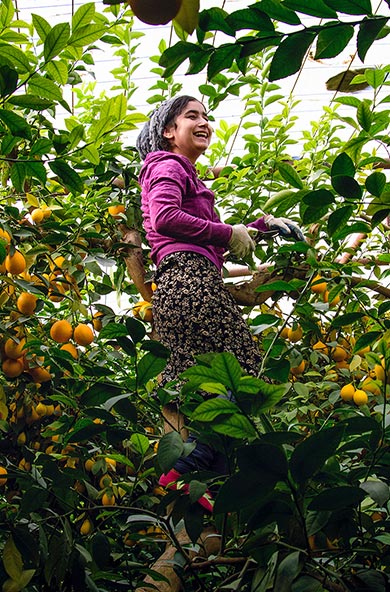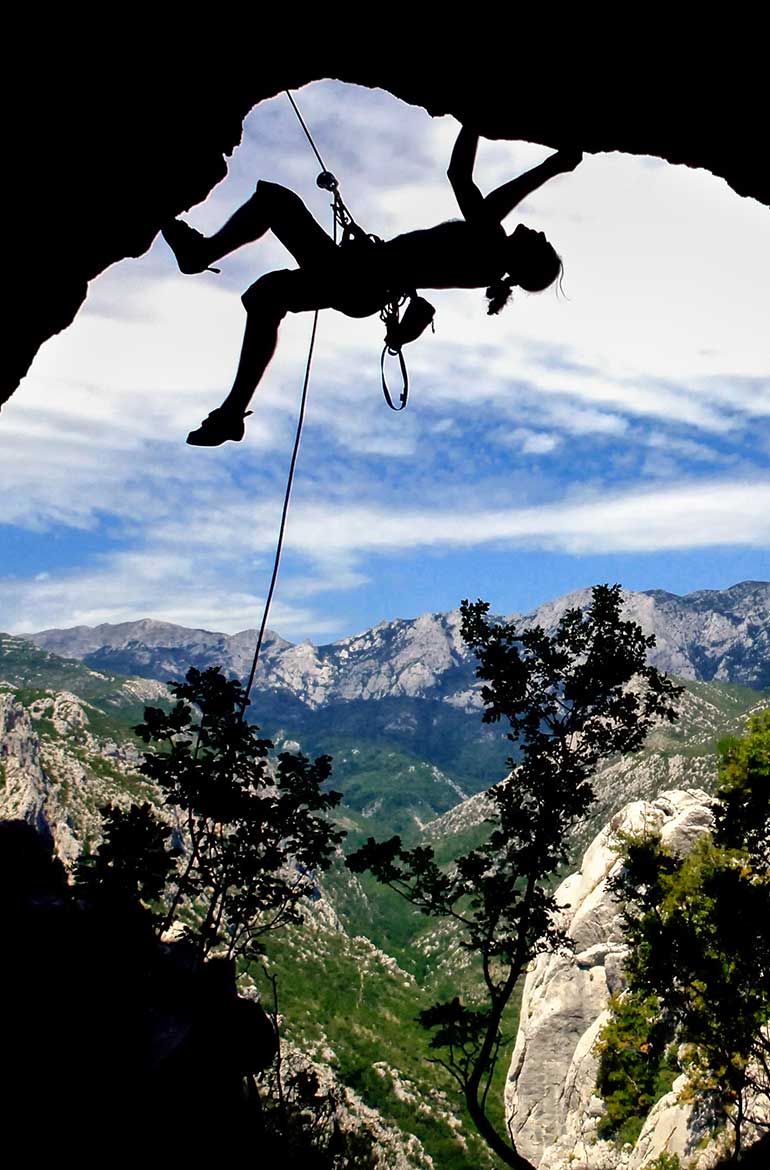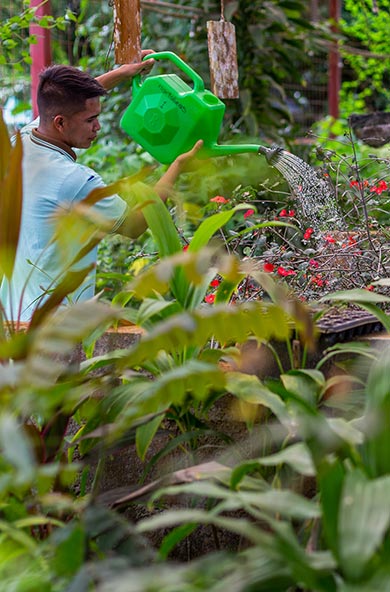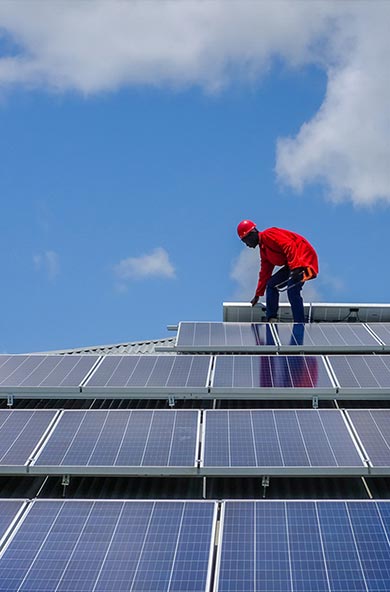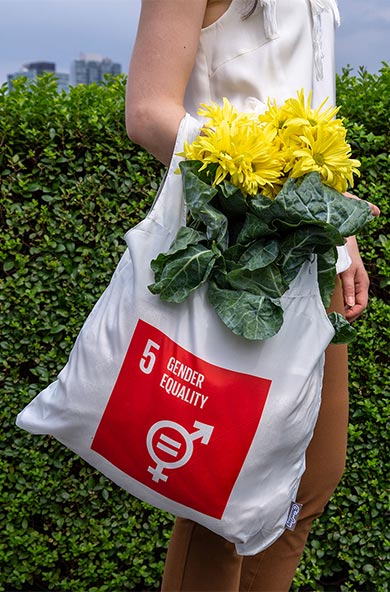Opening remarks at the launch of the 2018 Somalia Humanitarian Response Plan and the Resilience and Recovery Framework
As prepared for delivery.
I am honored to be here for the joint launch of the 2018 Humanitarian Response Plan, the Drought Impact Needs Assessment and the Resilience and Recovery Framework.
Let me begin by thanking our hosts the Government of Somalia, and co-conveners and partners, for their strong commitment to resilience and recovery in Somalia.
This is my first time in Somalia, and it is a privilege to be here at such an important juncture.
Cyclical droughts are inherent in the Horn of Africa and will continue to drive high levels of needs in Somalia. But, last year Somalia confirmed to us that when famine threatens, it can be prevented. Thanks to Somali authorities, who led the drought response and the generous support of international partners, collectively we averted famine in 2017.
Now Somalia aims to build on last year’s achievements, by continuing to avert famine, while simultaneously implementing longer-term solutions to address the drivers of risk and build resilience so that the country can contend with shocks to come. This is an important moment for the Government and citizens of this country.
And it is a vital moment for all of us whose vocation is to support recovery and resilience, and ultimately sustainable development. Somalia, together with its partners can address the drivers of crisis and insecurity if it seizes the momentum and acts now, and it is a privilege to support the country at this momentous juncture.
However, the agenda is far from complete. The humanitarian needs require us all to sustain our efforts, and as we will hear shortly from the Emergency Relief Coordinator, the Humanitarian Response Plan 2018 guides our collective efforts in this regard.
At the same time, we must also work together to implement durable solutions. Recurrent drought and subsequent famine risk have become a devastating and unsustainable cycle in Somalia. Over the past eight years donors have contributed over USD 6.8 billion, funding that has achieved lifesaving results, but which poses significant questions of sustainability.
Now is the time for us to ensure that our investment, and our effort, to address the urgent immediate needs is complemented by strengthening the foundation in Somalia for putting an end to the cycle of drought and crisis, and indeed bring into closer range the once-distant prospect of an end to humanitarian need in the country.
That’s why the Federal Government of Somalia, the European Union, the United Nations and the World Bank have come together on the Disaster Impact Needs Assessment, and the Resilience and Recovery Framework which it informs.
The DINA is a groundbreaking effort to assess the impact of the ongoing drought and famine risk on the lives and livelihoods of the Somali people.
In an impressive effort, some 180 national and international experts came together over the last months working across 18 sectors, ranging from agriculture, water supply and sanitation, to health and nutrition, food security, livelihoods, education to social protection. Together they collected and analyzed new data and put numbers to the needs for sustainable recovery and drought resilience. For the first time in Somalia, this has created a common understanding of the challenges we face.
The DINA also confirms what we have seen in other protracted crisis situations and famine-risk situations across the globe and throughout history: accountable, transparent and effective institutions at all levels are the way out. In fact, it demonstrated that environment is only one factor. The impact of drought in Somalia is compounded by governance and conflict as well as prevailing displacement and poverty.
Informed by these findings, the RRF will detail medium and longer-term options to finance and implement recovery interventions, while also defining policy measures and institutional arrangements required to support resilient recovery.
The RRF will be implemented in parallel to and in complementarity with humanitarian relief, and has the objective of enabling the Government of Somalia to lead medium and long-term solutions and development that addresses the root causes of vulnerability to drought.
In this respect the RRF will support Somalia to continue to make remarkable progress in state-building and institutional development.
Today, Somalia has more effective institutions than it has had in decades. Progress in the state-building and peace-building processes in Somalia since 2012 has now created conditions in which targeted efforts can be made to define and implement solutions so that Somalia’s citizens will hopefully not have to face the risk of famine again.
Somalia has now for the first time since the 1980’s a nationally-led and developed National Development plan, which in fact serves as the overarching framework for development priorities in Somalia. There are now opportunities through the RRF for better investment in Government-led policies and medium- and longer-term programmes that can more sustainably reduce risk and vulnerability among the 6.2 million people who are most vulnerable and in need of humanitarian assistance.
Further investing in building institutions and governance will not only help to famine proof Somalia over the next 2-3 years, but also empower the Government to reach out to a broader donor base, to the private sector and better engage civil society.
We must all be encouraged by the tremendous progress Somalia has made, however we must also be mindful that these significant gains are nascent and therefore must be protected.
Perhaps more than ever before, and in the context of the UN’s New Way of Working, there is a shared understanding that humanitarian and development work in Somalia must be complementary if the collective outcomes to which we aspire are to be achieved. This will require us to redesign the financing architecture to promote predictability, flexibility and multi-year financing.
I am hopeful that Somali authorities will be strongly supported in this pursuit. And I am pleased to affirm that at the UN and UNDP we stand ready to do our part to ensure a strong implementation of the Resilience and Recovery Framework.

 Locations
Locations